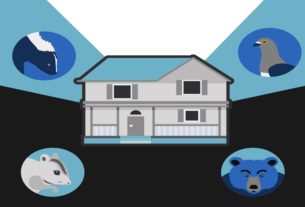If you want to go green and still appreciate the beauty and durability of hardwood floors, we have the perfect solution for you. The solution is called cork flooring, wooden flooring made from cork material. In this article, we will explain why cork is a sustainable flooring material and how it benefits the environment. Fasten your seat belt and immerse yourself in the fun world of cork floors.
We first look at the natural source of cork, which is the cork oak (Quercus suber), but we do not confuse it with the cork oak (Phellodendron). Cork oak (Phellodendron) has cork bark, but it is not thick enough for commercial production. On the other hand, the bark of the cork oak (Quercus suber) is ideal for the production of cork. The reason why cork is environmentally friendly is because it is made of wood. The thin layer is carefully removed every 9-10 years for commercial products. After harvesting, the cork oak is given time to regrow its bark. This means that the tree is not harmed and cork production does not lead to deforestation. How is it possible to save one or two trees?
Portugal represents more than 50% of the world supply of cork. That’s a good thing, as the endangered Iberian lynx, the world’s most threatened feline, and lives in cork oak forests. So you are not only saving trees with cork flooring, but you are also helping to protect the environment from the Iberian lynx. Due to the impact of cork on the Portuguese economy, they have strict laws that protect the cork strand and the bark harvesting process. Even the Portuguese government knows how important it is to protect these trees, as they are an excellent renewable natural resource.
The actual cork flooring production process is also environmentally friendly. Unlike other so-called “green” floors, cork floors do not require the use of harsh chemicals or other materials that are harmful to the environment. The cork is first removed from the cork and then left to dry for about 6 months. Then they pierce the corks for the wine and champagne bottles. After piercing cork stoppers, it is ground to a sandy mixture, pressed into 4 “thick molds and baked – this process varies from manufacturer to manufacturer. The layers are then peeled from the mold to make cork boards and tiles. The tone of a tile or board is determined by how deep the part is cut in the mold, darker towards the top and lighter as it goes down into the mold.
From there it goes to the showroom and the seller’s warehouse, where it hopes to arrive at his home. Isn’t it amazing how sustainable cork floors are and how they’re made? We are confident that this is the case and we invite you to learn more about this incredible non toxic vinyl flooring product.



